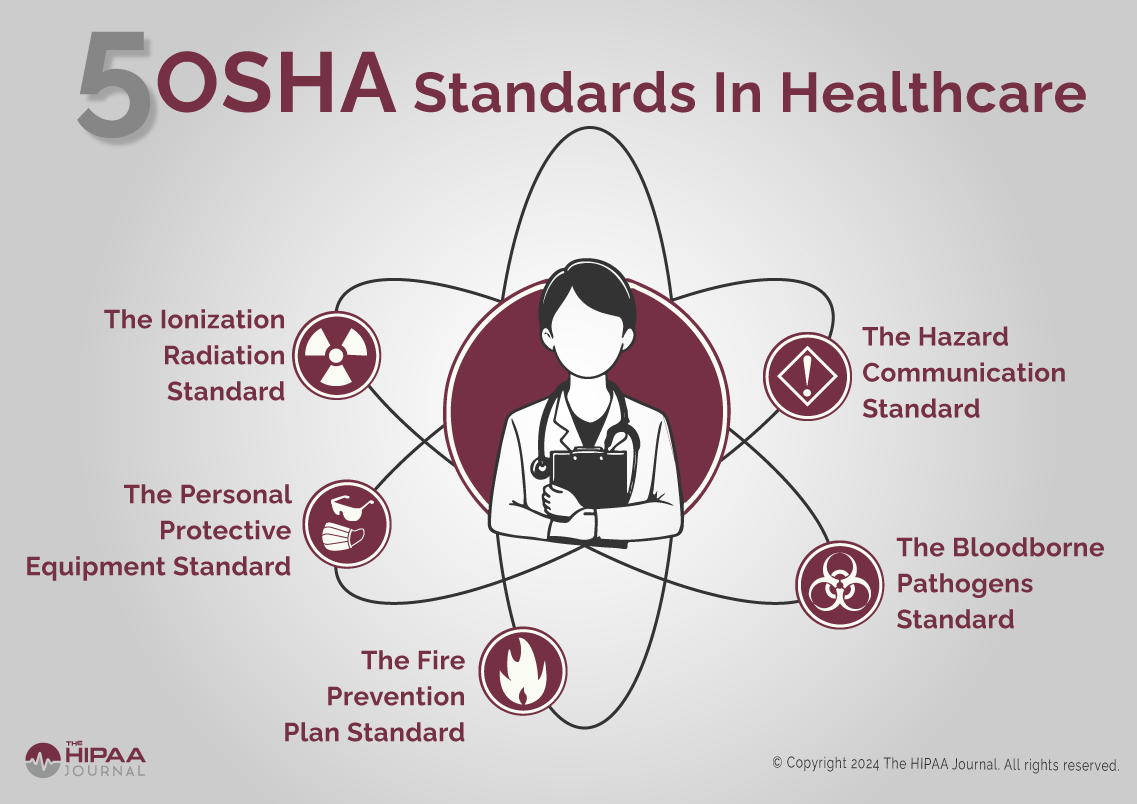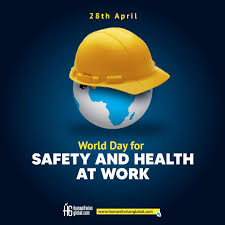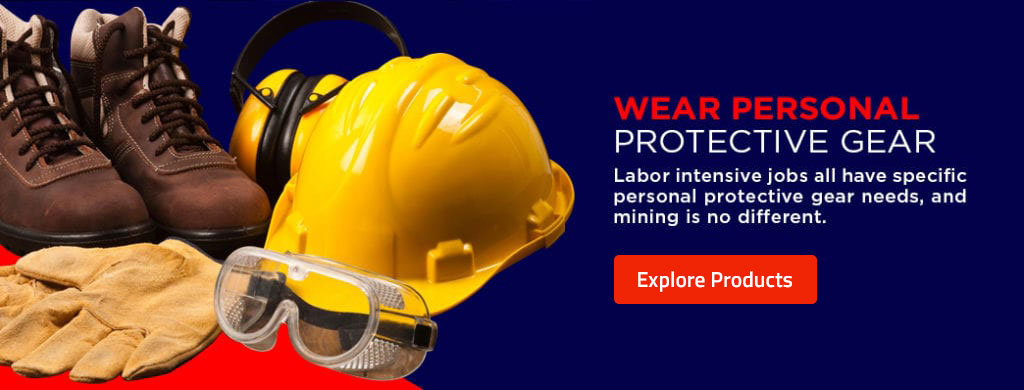OSHA Initiatives Introduction: The Occupational Safety and Health Administration (OSHA) recently announced a series of initiatives aimed at strengthening workplace safety standards and reducing injuries across a broad spectrum of industries. These efforts come in response to a notable rise in work-related injuries and illnesses reported last year, particularly in high-risk sectors such as construction, healthcare, and manufacturing.
Key Initiatives:
- Focus on High-Risk Industries OSHA has unveiled a new enforcement program prioritizing inspections in industries with higher rates of workplace injuries. By targeting industries such as construction, agriculture, and healthcare, OSHA aims to reduce accident rates by implementing stricter safety protocols and conducting more frequent, unannounced inspections. This move is expected to ensure compliance with essential safety practices, especially in environments where workers handle heavy machinery, hazardous materials, and strenuous tasks.
- Updated Heat-Related Illness Standards As summer temperatures reach record highs, OSHA’s updated guidance on heat-related illness prevention has gained significant attention. The new standards mandate that employers provide adequate hydration, shaded rest areas, and schedule work breaks for employees in high-temperature conditions. Employers are also required to conduct heat hazard assessments and develop heat-illness prevention plans. With this standard in place, OSHA hopes to mitigate the increased risk of heat-related illnesses that have recently impacted outdoor and labor-intensive industries.
- Enhanced Whistleblower Protections Recognizing the essential role whistleblowers play in reporting unsafe practices, OSHA has announced enhancements to its whistleblower protection programs. The updates simplify the reporting process and provide new measures to protect employees who report hazards or OSHA violations. OSHA’s revised policy aims to foster a culture of openness, enabling workers to report hazards without fear of retaliation.
- Increased Penalties for Non-Compliance To underscore the importance of compliance, OSHA has revised its penalty structure, increasing fines for severe and repeat violations. Employers now face higher penalties for issues like failing to implement safety measures or neglecting equipment maintenance that directly contributes to worker injuries. These heightened penalties serve as a deterrent and a reminder for companies to prioritize the health and safety of their employees.
Emphasis on Training and Education In addition to enforcement, OSHA has launched new training initiatives aimed at educating workers and employers alike. The programs focus on enhancing hazard awareness and reinforcing preventive safety measures. OSHA’s expanded online training resources now include materials on ergonomics, machine safety, and chemical handling, making it easier for organizations to access information and remain compliant.
Industry Response The response from industry leaders has been largely positive, with many recognizing the importance of maintaining high safety standards to protect employees and minimize workplace disruptions. However, some organizations have expressed concerns about the financial impact of the new regulations, particularly small businesses that may face challenges in meeting updated compliance standards.
Conclusion OSHA’s recent initiatives demonstrate a proactive approach to fostering safer work environments across the U.S. By focusing on high-risk industries, updating heat illness protocols, protecting whistleblowers, and enhancing penalties for non-compliance, OSHA continues to prioritize the well-being of American workers. As these new standards take effect, employers and employees alike are encouraged to engage with OSHA’s resources to promote a safer, healthier workplace for all.
Call to Action: For more information on OSHA’s new regulations, training resources, or to access compliance support, visit OSHA’s official website or contact your local OSHA office.
Occupational Health & Safety (OHS) Magazine remains committed to providing updates and insights on essential workplace safety practices to ensure every worker returns home safe and healthy.











